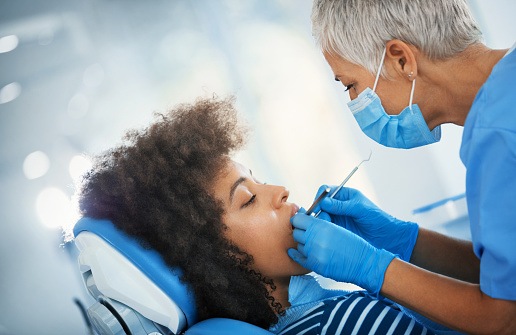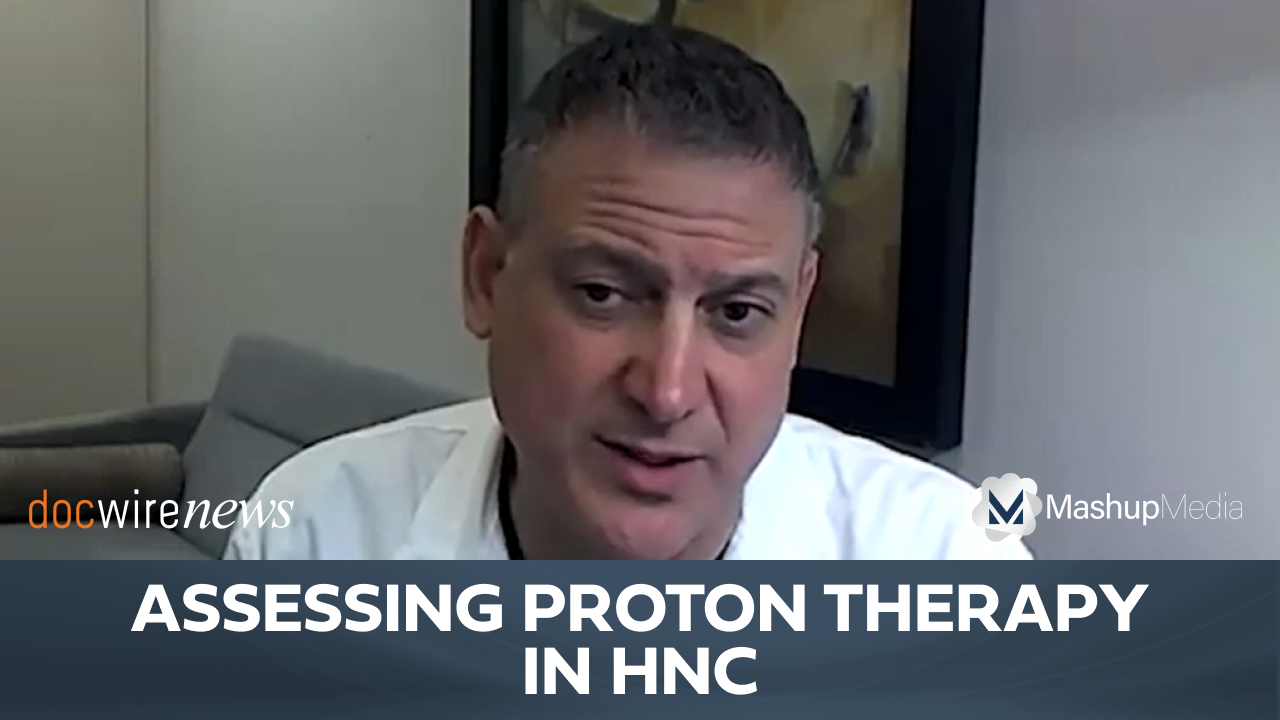
The findings of a new study suggest discriminatory practices in oral cancer screening (OCS) exams based on sociodemographic factors. The study was published in the American Journal of Preventive Medicine.
To conduct this study, researchers sampled data on 29,902 individuals aged ≥30 years old who visited the dentist in the last two years, and who disclosed information regarding their OCS exam history. Participants were asked questions pertaining to both their intraoral and extraoral OCS exam history, respectively. Intraoral OCS exam was computed as yes or no to the following survey question: “Have you/Has sample person ever had an exam for oral cancer in which the doctor or dentist pulls on (your/his/her) tongue, sometimes with gauze wrapped around it, and feels under the tongue and inside the cheeks?” Similarly, the extraoral OCS exam was computed as yes or no to the survey question which asked: “Have you/Has sample person ever had an exam for oral cancer in which the doctor or dentist feels your/his/her neck?”
Study predictors included race, sex, age group age group (30–44 years, 45–64 years, ≥65 years), education status, poverty income ratio, tobacco smoking, health insurance (uninsured, private, Medicare, Medicaid, others), and alcohol consumption. The researchers conducted a subgroup analyses among races/ethnicities, smokers, and alcohol consumers, setting clinical significance set at p<0.01.
A Gap in Care
An analysis of the survey data showed that of 37.6% and 31.3% reported receiving an intraoral and extraoral oral cancer screening exam, respectively. The results indicate that racial/ethnic minorities, individuals who are less educated, lower income, and uninsured/Medicare insured were less likely to have received intraoral and extraoral OCS exams when juxtaposed to whites/non-Hispanics, higher-income, more educated, and privately insured. Moreover, alcohol consumers were more likely to be screened. The researchers observed no difference in the likelihood of being screened based on smoking status.
https://twitter.com/EcoInternetDrGB/status/1164051261835997184
“We wanted to look specifically at the population that has access to dental care and report having access to a dentist,” said first author Avni Gupta, a research scientist at the Brigham’s Center for Surgery and Public Health in a press release. “Our results indicate that the selection of patients for screening isn’t based on the high-risk profile for oral cancer, but on sociodemographic characteristics. This is not appropriate. All patients should be receiving oral cancer screenings, but providers aren’t screening these groups, and this may be why they are presenting with more advanced cancer.”
Gupta hopes that this study highlights the need to eliminate gaps in OCS rates between different sociodemographic groups. “Just providing access is not enough – it matters what type of care patients are able to access,” Gupta continued. “We talk a lot about disparities in medical care, but the quality of dental care services is important, too. We need to better understand the barriers that dental care providers face in order to ensure that patients get the same level and quality of care regardless of sociodemographic factors.”
New study highlights sociodemographic disparities in oral #cancer #screening rates @brighamwomens https://t.co/aghg6NAzNa
— Medical Xpress (@physorg_health) August 21, 2019
New study highlights sociodemographic disparities in oral cancer screening rates https://t.co/SmN7Usxf5L
— Science Codex (@sciencecodex) August 21, 2019







 © 2025 Mashup Media, LLC, a Formedics Property. All Rights Reserved.
© 2025 Mashup Media, LLC, a Formedics Property. All Rights Reserved.